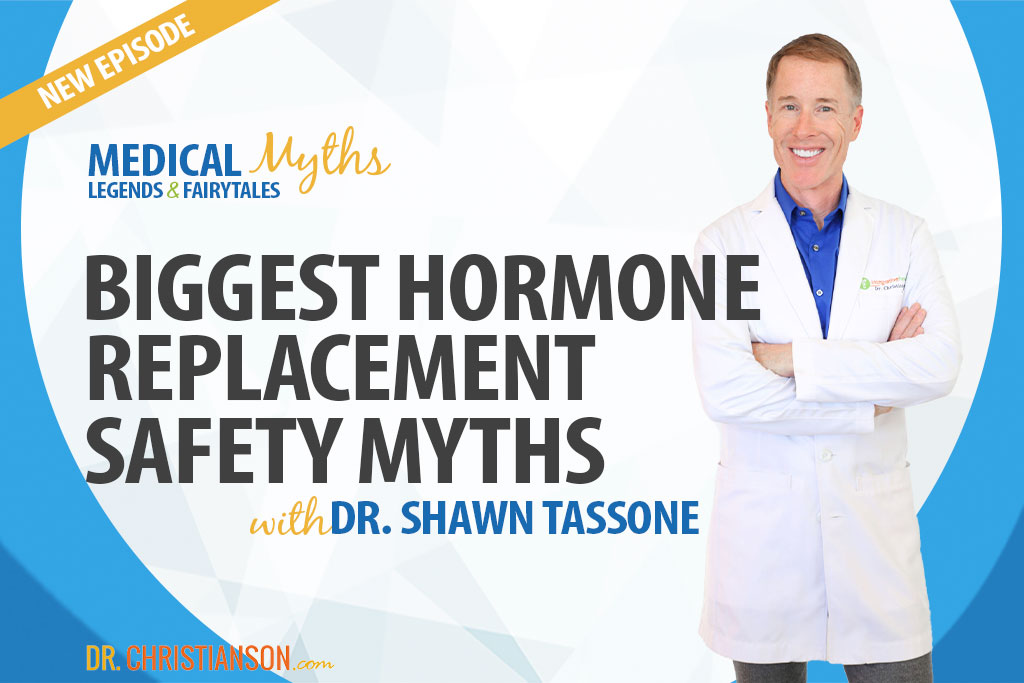That isn’t to say that healthy people won’t ever have a high TSH, but they will typically bounce back down again. If you are consistently high, though, and also not feeling well in ways that lack other explanations, this can be a crucial detail.
Thyroid Antibodies
There are also times, too, where your TSH may be perfectly optimal, but the autoimmune portion of the disease is causing your symptoms.
In cases like these, we need to check the antibodies. For screening someone to explain their symptoms, it is important to screen for both TSH and antibodies.
That includes:
- Thyroid peroxidase (TPO)
- Antithyroglobulin (Tg)
Keep in mind, though, that there is thyroglobulin and antithyroglobulin. We’ll come back to thyroglobulin later, but for now just keep in mind that these two may sound similar, but they are quite distinct from one another.
Free T4 & Free T3
When someone is being screened to explain their symptoms, it can also be helpful to check their free T4 and free T3 levels. There aren’t a lot of cases in which they gave data that one would not have by seeing TSH.
That’s because they are what is known as a ‘lagging indicator,’ meaning they are one of the later things to change in the process.
There is a unique sequence happening here. If you have too much or too little thyroid hormone, the TSH is the first thing to move. The free hormones are the last thing to clearly show that, because your body works so hard to keep them at a good amount.
How Should We View TSH?
Ultimately, the main blowback for the conventional world of medicine is that they often only check for the TSH and the range. And, in many cases, they are only concerned when it is way out of range, which we know is not the full story here.
The better approach is to look at TSH, to put weight on it, but to also keep in mind that it is far more important to understand the difference between ‘optimal’ ranges and ‘normal’ ranges (Read More: My complete guide to optimal TSH ranges).













